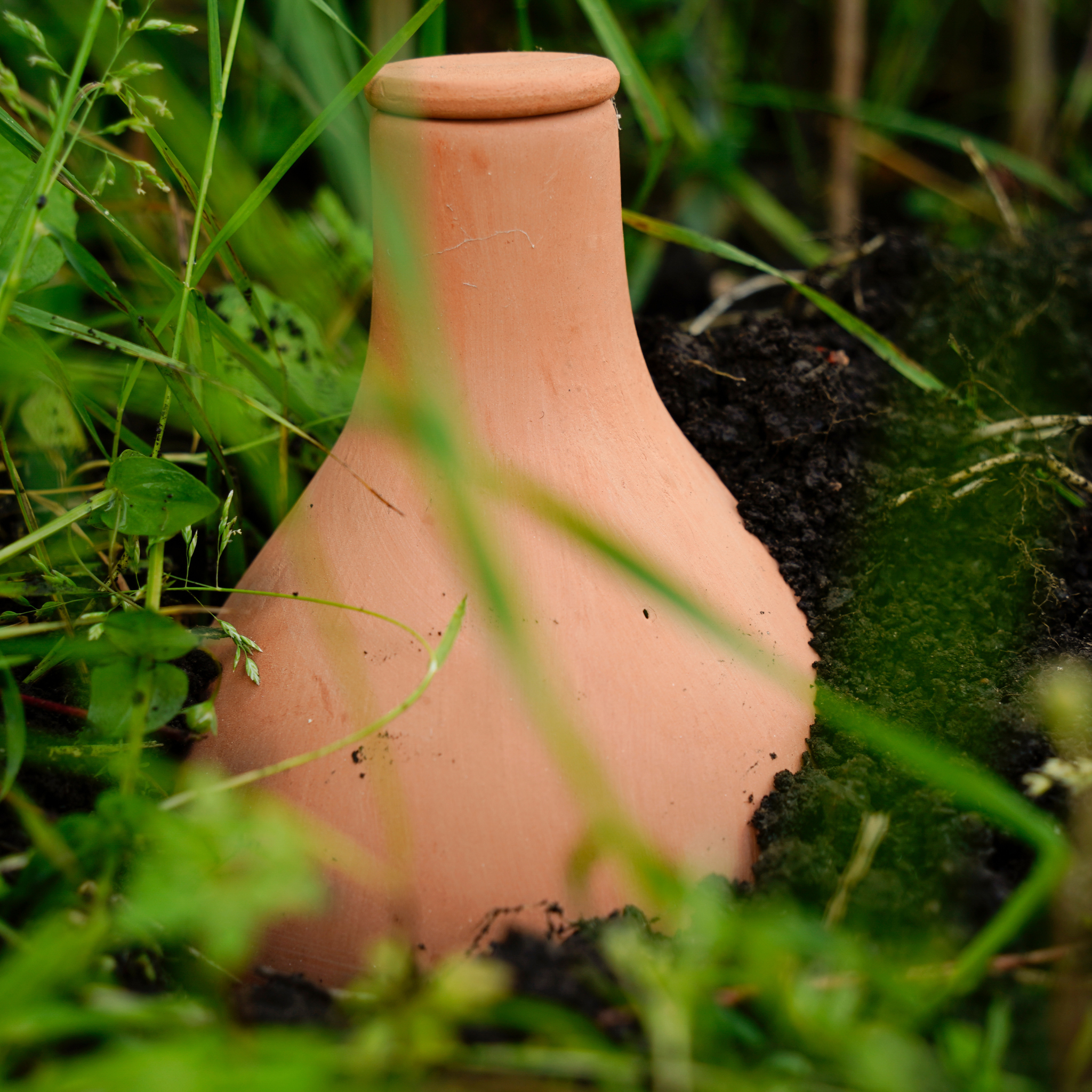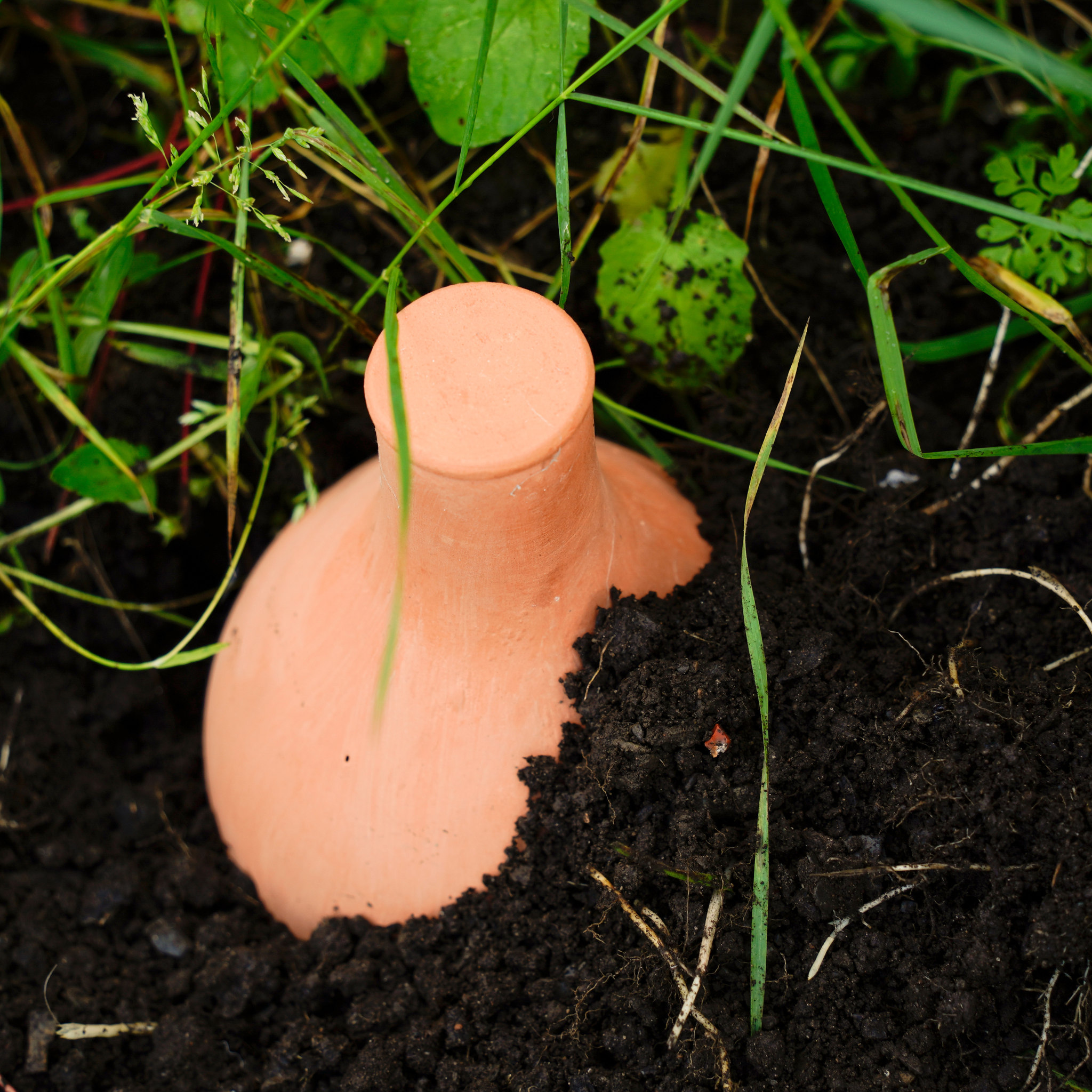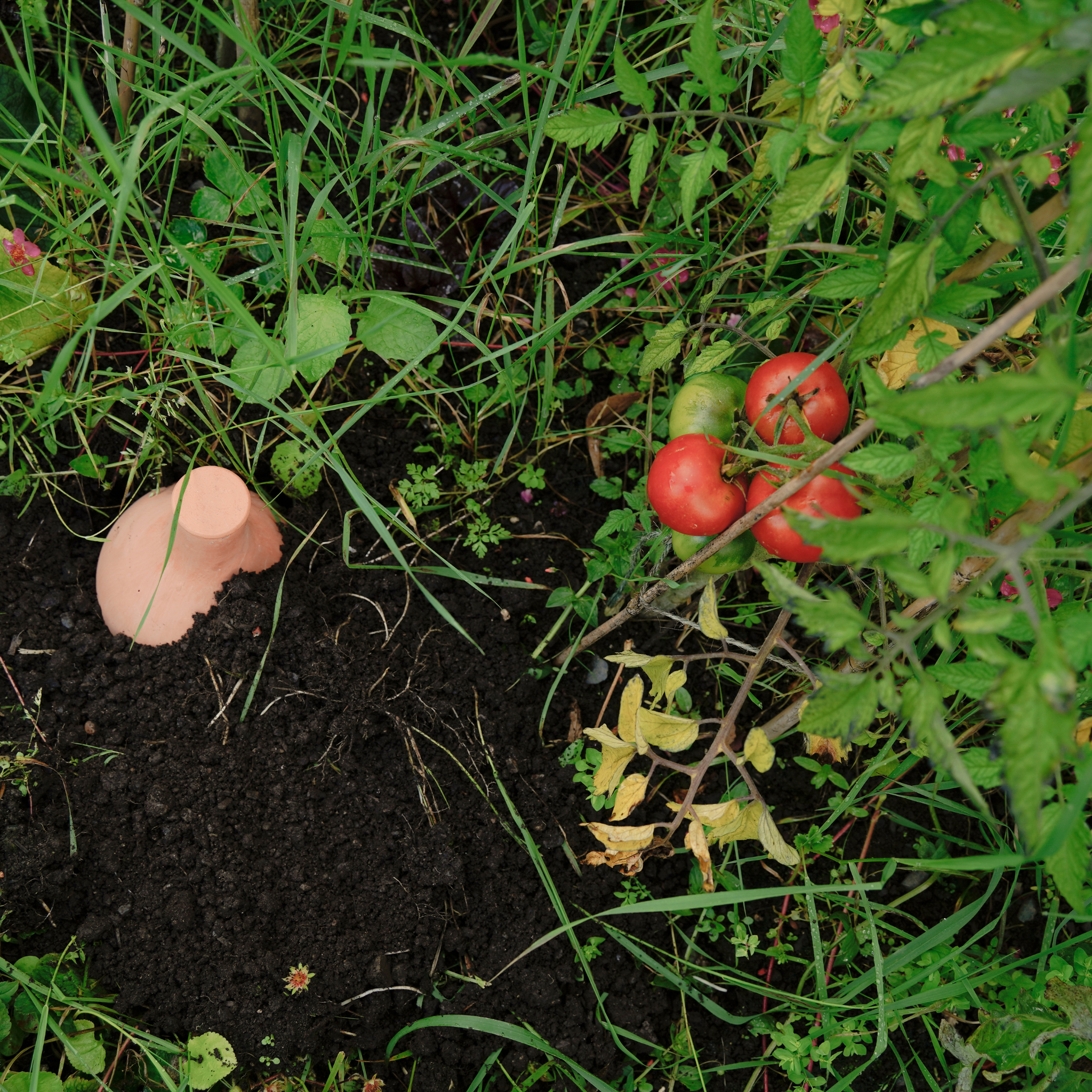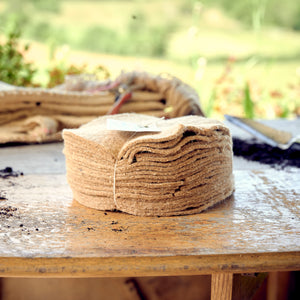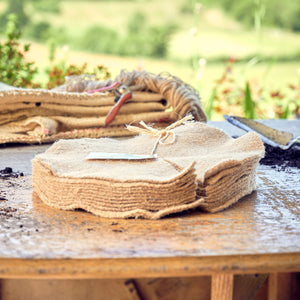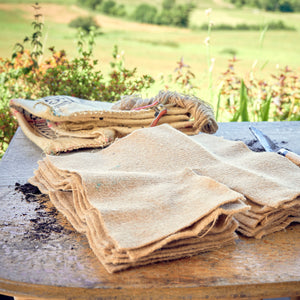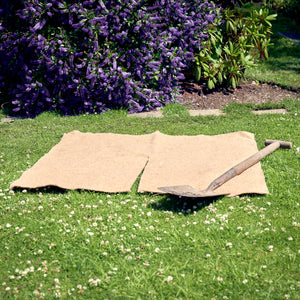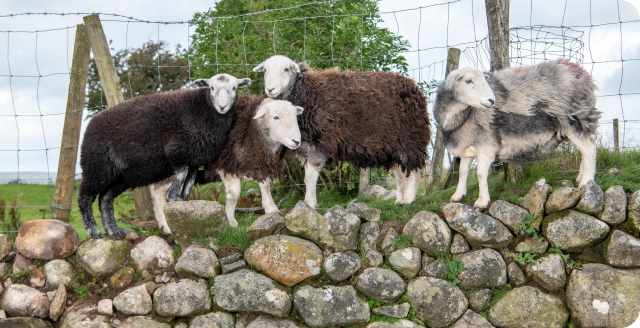How do I use an Olla irrigation pot?
Ensuring your plants have a sufficient supply of water can be hard going, especially during dry and hot weather spells. Every day, sometimes multiple times a day, you will find yourself topping up your watering can and carefully sprinkling water over individual plants, trying to ensure they've got enough to drink to get them through the day.
Olla irrigation pots are THE alternative to laborious, intensive hand watering. They ensure a constant, trickling supply of water reaches your plants' roots as and when they need it. As long as you keep the watering pot topped up, your plant will never get thirsty!
How do I use an Olla irrigation pot?
Ensuring your plants have a sufficient supply of water can be hard going, especially during dry and hot weather spells. Every day, sometimes multiple times a day, you will find yourself topping up your watering can and carefully sprinkling water over individual plants, trying to ensure they've got enough to drink to get them through the day.
Olla irrigation pots are THE alternative to laborious, intensive hand watering. They ensure a constant, trickling supply of water reaches your plants' roots as and when they need it. As long as you keep the watering pot topped up, your plant will never get thirsty!
They require very little maintenance and are very simple to use.
All you have to do is the following:
- In the space between your plants, dig a hole large enough for your Olla to sit in, ensure the hole is deep enough so the bulb of the pot is entirely covered, but that the top of the stem is still visible ( this ensures you can easily fill it with water and that you don't accidentally step on it).
- Refill the hole with soil, so your Olla is nice and tightly buried - apart from the top of course!
- Using a jug or hosepipe, fill your water pot until it's nice and full.
- Place the little terracotta lid on top - this ensures no soil, debris or wildlife accidentally drops inside.
- Voila! Your irrigation pot is ready to go, and will supply your plants with water as they need it.
If you have particularly shallow rooting plants, it is possible to bury the Olla pot at an angle, making it a little bit more of a feature, as the water won't have to be delivered quite as deeply.
For the 300ml self-watering spikes, simply pop them into a planter or hanging basket, and push them in as far as you can.
How does the irrigation pot work?
Natural clay watering pots are incredible really, there's no fancy technology or cogs and reels. It's just clever design, fantastic natural materials and allowing nature to work how it wants to!
As the Ollas are made from unglazed terracotta clay, they're porous, which means water can pass through the material over a period of time, so it doesn't just stay contained inside the pot.
When the terracotta watering system is placed into the soil it is surrounded by moisture in the soil. This creates a tension, almost like a suction force between the water in the soil and the water inside the Olla. Water also naturally moves from areas of high concentration (wet areas) to areas of low concentration (dry areas) through the power of osmosis.
As plants pull water from the soil, or water is lost from the soil through evaporation, water is naturally released from the irrigation pot - replacing exactly what was lost. If the soil is dry the Olla will naturally release more water, as there's a larger difference in water tension caused by the 'pulling' of the plants roots, as well as the dryness in the soil. But if the soil is wet, the release will be negligible as the water levels between the Olla and the surrounding soil will be very similar.
It needs pretty much no attention from you, all you have to do is ensure it's kept topped up with water each week - perhaps a little more often if it's particularly warm.
What are the benefits of using an olla watering pot?
There's a whole host of benefits to using an irrigation pot, they're an excellent choice not only for you, but your plants and garden too,
The benefits include:
- Time saving and easy maintenance, you don't have to go around watering each individual plant every day, you simply have to occasionally check the water levels of the pot and top it up when needed.
- They ensure a constant trickling supply of water, directly to the plants roots.
- They promote deep and dense root growth - roots naturally grow towards their water source, by using an Olla you're ensuring your plants are receiving water from deep in the ground, not from surface soil, this encourages the roots to grow vastly and downwards towards the water source. This will help reduce the risk of root damage too.
- They're incredibly water efficient, as they're sealed and deliver water deep within the soil, there's no surface evaporation to contend with and they help prevent water run off that comes with surface watering. By using an Olla, you also help prevent your plants roots from going through vicious drying and wetting cycles - the supply of water they get is constant, and the watering pot helps to ensure conditions for your plants roots remain consistent, so they should never become waterlogged or dry out.
- As the water is being released deep into the soil, the topsoil naturally remains dry, this can help deter the growth of weeds or competitor plants that would otherwise thrive in damp topsoil.
How can I ensure my plants are getting the water they need?
Plants can be finicky when it comes to water requirements. Some need a lot more watering than others. That's why Ollas are a great choice when it comes to choosing a watering solution - they give plants exactly what they need when they need it. But, there's a whole host of other options when it comes to water retention in your garden you might want to consider.
Need to target your water delivery to a specific plant or plant cluster? Why not take a peek at our self-watering spikes? These will get a water supply directly to the plants that need it most. Similar to our 300ml versions but with an upturned wine bottle, they can hold more water.
Got your watering plans under control already? Great! Why not make just a few little additions to your maintenance routine to help keep things a little more efficient? Why not add a sprinkle of organic sheep wool pellets to your pots or top your plants off with a jute mulch mat? Both of these items are excellent at helping retain water and prevent soil water evaporation.
How do you pronounce "olla"??
The "correct" pronunciation is Oh-yah. Silent LLs, like Paella. However, these are no rule ollas, and you can pronounce them however you like. Here in West Cumbria, we're pronouncing them ollah.






